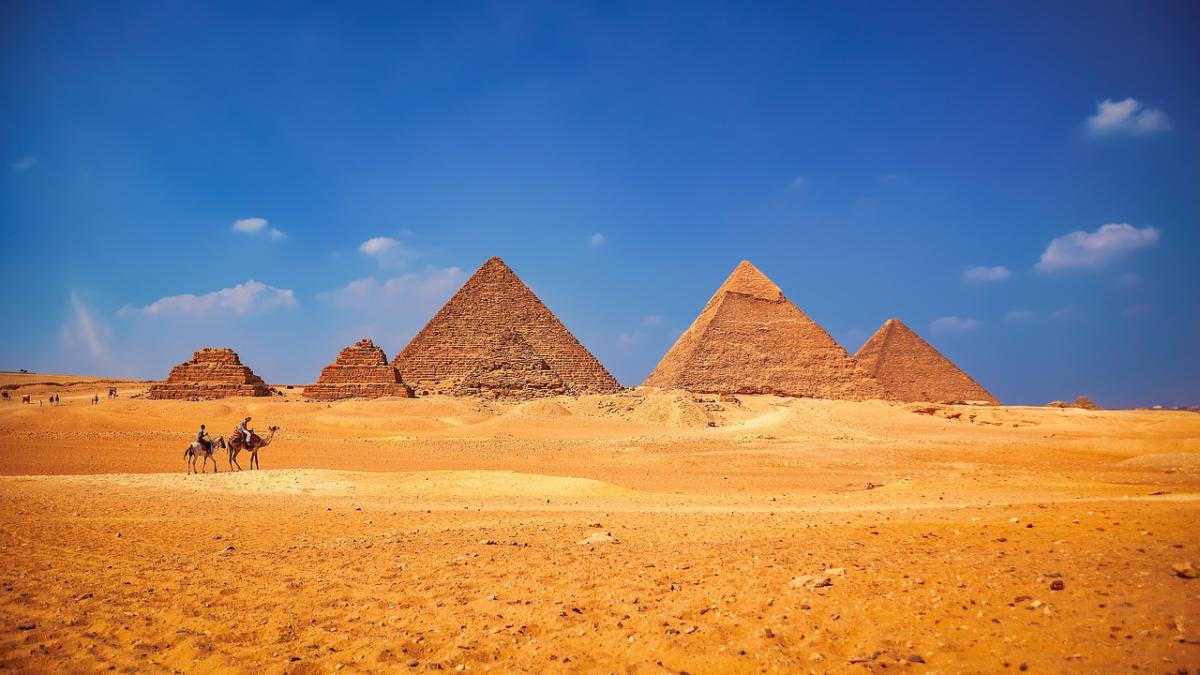
How to See Cairo in One Day: The Ultimate Giza, Museum & Bazaar Itinerary
To attempt to see Cairo in a single day is an act of audacious ambition. This is not a city that reveals itself quietly or easily. It is a sprawling, magnificent, and chaotic metropolis of over 20 million people, where history is measured in millennia and traffic is a formidable force of nature. A 24-hour layover or a fleeting day trip presents a formidable challenge, but one that can be met with a resounding sense of accomplishment. Success, however, is not accidental; it is the product of meticulous planning, an early start, and a series of strategic decisions.
This is not a guide for a leisurely stroll, but a blueprint for a high-intensity immersion into the soul of Cairo. The day's narrative arc is epic in scope: it begins at the dawn of civilization on the Giza plateau, moves through the treasure-filled halls that house its history, and culminates in the vibrant, mercantile heart of its medieval bazaars. This itinerary is designed to conquer the city's logistical hurdles and deliver a profound, unforgettable cross-section of one of the world's greatest urban tapestries in a single, whirlwind day.
The Strategic Decision: To Guide or Not to Guide?
The first and most critical decision for any visitor on a tight schedule is whether to hire a licensed guide. This choice fundamentally shapes the entire day, dictating the pace, stress level, and depth of the experience.
The Case for a Licensed Egyptologist Guide
For a one-day tour, engaging a licensed Egyptologist guide is unequivocally the superior strategy. The value of a good guide extends far beyond historical narration; they function as a crucial logistical facilitator. In a city where time is the most precious commodity, a guide effectively "buys" the traveler several extra hours of productive sightseeing. They navigate the city's notorious traffic with local expertise, handle all logistics from purchasing entrance tickets to securing transport, and act as a protective buffer against the persistent touts and common scams that can otherwise dominate a visitor's experience.
An expert guide transforms the stones and monuments from silent relics into vivid chapters of history, providing context on the pharaohs, their beliefs, and the construction of these ancient marvels that a guidebook can only hint at. The cost, which typically ranges from $50 to $150 for a full-day private tour, should be viewed not as an expense but as an investment in efficiency, safety, and sanity.
The Self-Guided Path
Embarking on a self-guided tour offers greater independence but is fraught with challenges, particularly on a compressed timeline. The independent traveler must contend with the language barrier, negotiate with taxi drivers (and risk being overcharged or scammed), manage their own ticketing, and rely on apps or books for context. This path is best suited for the highly confident, budget-conscious traveler who possesses an abundance of patience and is not constrained by a flight connection-luxuries not afforded on a one-day schedule.
The following table breaks down the key trade-offs.
| Factor | Guided Tour | Self-Guided |
| Cost | Higher upfront cost ($50-$150/day) but often includes tickets and prevents overspending on scams. | Lower initial cost, but potential for unforeseen expenses from scams, inefficient transport, and wasted time. |
| Convenience | Extremely high. The guide handles all logistics: transport, tickets, navigation, and language barriers. | Low. Requires constant self-management of navigation, transportation, ticketing, and negotiations. |
| Depth of Information | High. An Egyptologist provides expert, real-time context and answers questions, bringing sites to life. | Variable. Dependent on the quality of guidebooks/apps and the traveler's pre-existing knowledge. |
| Safety & Hassle | High safety. The guide helps avoid scams, unsafe areas, and the constant hassle from touts and vendors. | Moderate safety. Traveler is directly exposed to common scams, aggressive vendors, and navigational challenges. |
The Ultimate One-Day Cairo Itinerary: A Whirlwind Through Millennia
Morning (7:00 AM - 12:00 PM): The Ancients at Dawn
The day must begin early. The Giza Necropolis opens at 7:00 AM in summer (April-September) and 8:00 AM in winter (October-March). Arriving precisely at opening time is non-negotiable. It is the only way to experience the grandeur of the pyramids in the soft morning light before the desert heat becomes oppressive and the tour bus crowds, which descend around 9:00 AM, transform the site. The journey from central Cairo to Giza typically takes 35 to 60 minutes by car, a trip best made before the city's morning rush hour clogs the arteries.
Your first stop is the Giza Plateau, the last surviving Wonder of the Ancient World. Here stand the three colossal pyramids built as tombs for the pharaohs Khufu, Khafre, and Menkaure between roughly 2550 and 2490 BC. The Great Pyramid of Khufu, the largest, was constructed from an estimated 2.3 million stone blocks and stood as the tallest man-made structure on Earth for nearly four millennia. Guarding these monumental tombs is the enigmatic Great Sphinx, a monolith carved from a single outcrop of bedrock, bearing the body of a lion and the head of the Pharaoh Khafre.
The Giza experience is as much a battle against modern distractions as it is a communion with ancient history. The site is notorious for its aggressive touts offering camel rides, souvenirs, and unsolicited guidance. The infamous camel ride scam involves an offer for a cheap or "free" ride, which is followed by an exorbitant demand for payment to be let down from the camel's back. The most effective strategy is to book any such activities exclusively through a trusted, licensed guide or to politely but firmly decline all offers with a clear "La, shukran" (No, thank you). Protecting one's focus is paramount to truly absorbing the majesty of the surroundings.
Midday (12:00 PM - 4:00 PM): Curated History & A Taste of Cairo
After a morning spent in the age of the pharaohs, the itinerary pivots to the institutions that preserve their legacy. This is the day's most important logistical decision, as the choice of museum dictates the rhythm and travel time for the entire afternoon.
Option A: The Grand Egyptian Museum (GEM). Located just two kilometers from the pyramids, this is the most logistically sound and time-efficient choice. The GEM is a state-of-the-art institution designed to house over 100,000 artifacts. However, a critical caveat exists: its full, official opening has been subject to numerous delays, with current estimates pushing it to late 2025. While limited access to the Grand Hall and certain galleries is often available, the complete Tutankhamun collection, including his iconic golden death mask, remains at the Tahrir Square museum for now. It is absolutely essential to check the official GEM website for the most current visitor access information before planning a visit.
Option B: The Egyptian Museum (Tahrir Square). The classic choice, this grand 1902 building is a treasure box overflowing with the world's largest collection of Pharaonic antiquities. Its main draw is the complete, dazzling collection of treasures unearthed from Tutankhamun's tomb. The museum's charm is its density; it feels less like a modern gallery and more like an explorer's warehouse, with artifacts packed into every corner, creating a uniquely atmospheric, if slightly chaotic, experience. A visit here requires a significant cross-town journey from Giza, a route that can consume precious time in Cairo's traffic.
Option C: National Museum of Egyptian Civilization (NMEC). Situated in the historic Fustat area of Old Cairo, the NMEC's crown jewel is the Royal Mummies Hall. Here, the actual remains of legendary pharaohs, including the great Ramses II and Queen Hatshepsut, are displayed with solemn dignity. This is a powerful and compelling choice for visitors specifically interested in coming face-to-face with the rulers of ancient Egypt. Its location also positions you perfectly for the afternoon's exploration of Islamic Cairo.
Following the museum, it is time for an essential cultural immersion: lunch. Sidestep the tourist fare and seek out koshary, Egypt's national dish. This beloved street food is a hearty and delicious amalgamation of rice, lentils, macaroni, and chickpeas, topped with a tangy tomato-garlic sauce and crispy fried onions. For the quintessential experience, head to
Koshary Abou Tarek in Downtown Cairo, a multi-story institution that is a pilgrimage site for locals and a thrilling discovery for visitors.
Afternoon to Evening (4:00 PM - Late): The Heart of Islamic Cairo & The Nile
From the museum and your koshary stop, journey into the core of Historic Cairo, a UNESCO World Heritage site, to the Khan el-Khalili. This is not merely a market; it is a living, breathing medieval souk that has been the city's commercial heart for over 600 years. Its origins date to 1382, when Emir Djaharkas el-Khalili built a grand
khan, or caravanserai, on the site of a former Fatimid royal burial ground. The bazaar quickly grew into a major hub for foreign trade, and its labyrinthine alleys are still flanked by Mamluk-era mosques, gates, and inns.
The best time to arrive is the late afternoon, as the heat of the day subsides and the shopkeepers begin to illuminate their wares with a constellation of glowing lanterns, transforming the narrow passageways into a magical scene. This is an experience for all the senses: the scent of exotic spices and perfumes, the glint of hand-beaten copper and silver, and the constant, energetic hum of commerce. Haggling is an expected and integral part of the culture; never accept the first price. A good rule of thumb is to counter-offer at 30-50% of the asking price and negotiate towards a middle ground.
As evening descends, several options present themselves:
Dinner in the Khan: For an atmospheric and authentic meal, secure a table at the Naguib Mahfouz Cafe, a historic restaurant operated by Oberoi, renowned for its high-quality traditional Egyptian cuisine and live oud music. Alternatively, the
Khan El Khalili Restaurant is another popular haven known for dishes like hawashi (spiced meat in bread).
Sunset Felucca Ride: For a tranquil counterpoint to a chaotic day, escape the city's bustle with a felucca ride on the Nile. These traditional wooden sailboats can be hired from the Corniche in neighborhoods like Garden City or Zamalek. An hour-long sail at sunset offers a rare moment of peace and provides breathtaking views of the Cairo skyline as it lights up for the night.
Modern Cairo Nightlife: For those with energy still to burn, a short taxi ride to the upscale island district of Zamalek reveals another side of Cairo, with chic rooftop bars, art galleries, and sophisticated restaurants offering a perfect end to the night.
Cairo Practicalities: A Traveler's Essential Toolkit
Navigating Cairo successfully requires a proactive approach. Most negative tourist experiences are preventable with the right tools and knowledge.
Getting Around: Ride-Hailing vs. Taxis
The single most important tip for transport is to use ride-hailing apps. Uber and its regional counterpart, Careem, are widely available, reliable, and significantly more pleasant to use than traditional white taxis. These apps provide upfront, fixed pricing, eliminating the risk of meter scams, fare disputes, and the stress of haggling. A local SIM card, easily purchased at the airport, is essential for using these services effectively.
Tipping Culture (Baksheesh)
Tipping, known locally as baksheesh, is a pervasive and expected part of daily life in Egypt, often supplementing low wages in the service industry. It is given not just for excellent service but for almost any small assistance. It is crucial to carry a supply of small denomination Egyptian Pound notes (5, 10, 20 EGP) for this purpose. Giving
baksheesh is a sign of respect and appreciation.
| Service | Suggested Tip (EGP) | Context/Notes |
| Restaurant Waiter | 10-15% of the bill | Check if a service charge is already included. If so, a smaller additional tip is still appreciated. |
| Tour Guide (Full Day) | 100-200 | Given at the end of the tour to the guide directly. |
| Driver (Full Day) | 50-100 | Separate from the guide's tip, given directly to the driver. |
| Taxi/Uber Driver | Round up the fare or 10% | For short trips, rounding up is sufficient. For longer journeys, tip closer to 10%. |
| Hotel Porter | 20-30 | Per service or for handling bags. |
| Restroom Attendant | 5-10 | For providing tissue or keeping the facility clean. |
Dress Code
Egypt is a conservative society, and dressing modestly is a sign of respect that will make your interactions with locals more comfortable. For both men and women, clothing should ideally cover the shoulders and knees, especially when visiting religious sites. Lightweight, breathable fabrics like cotton and linen are essential for managing the heat. Women should carry a light scarf or shawl, which is useful for sun protection and required for covering hair when entering mosques.
Conclusion: Beyond the 24-Hour Dash
To experience Cairo in 24 hours is to witness a city that operates on a different scale of time. It is a day that travels from the monumental tombs of a 4,500-year-old civilization to the medieval hum of a Mamluk-era bazaar, with a glimpse into the modern pulse of a vibrant, contemporary metropolis. While an intense sprint, this itinerary offers an incredibly rich and satisfying cross-section of Cairo's multifaceted identity. It is an overture, not the full symphony. The goal of this whirlwind tour is not to "finish" Cairo, but to begin a conversation with it-a powerful and unforgettable introduction designed to inspire a deeper, more leisurely return to explore the countless other layers that await.
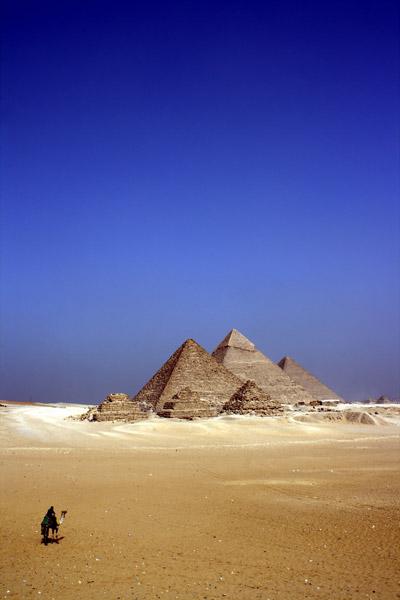
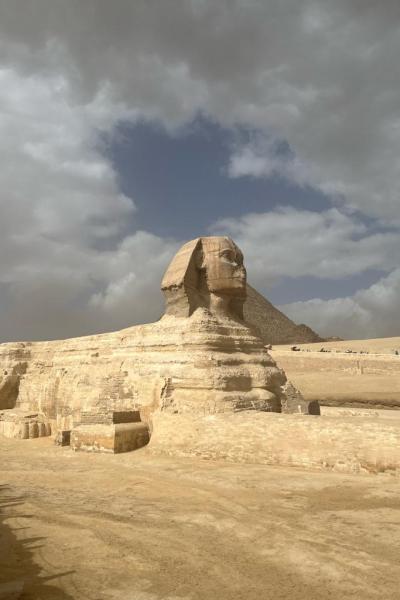
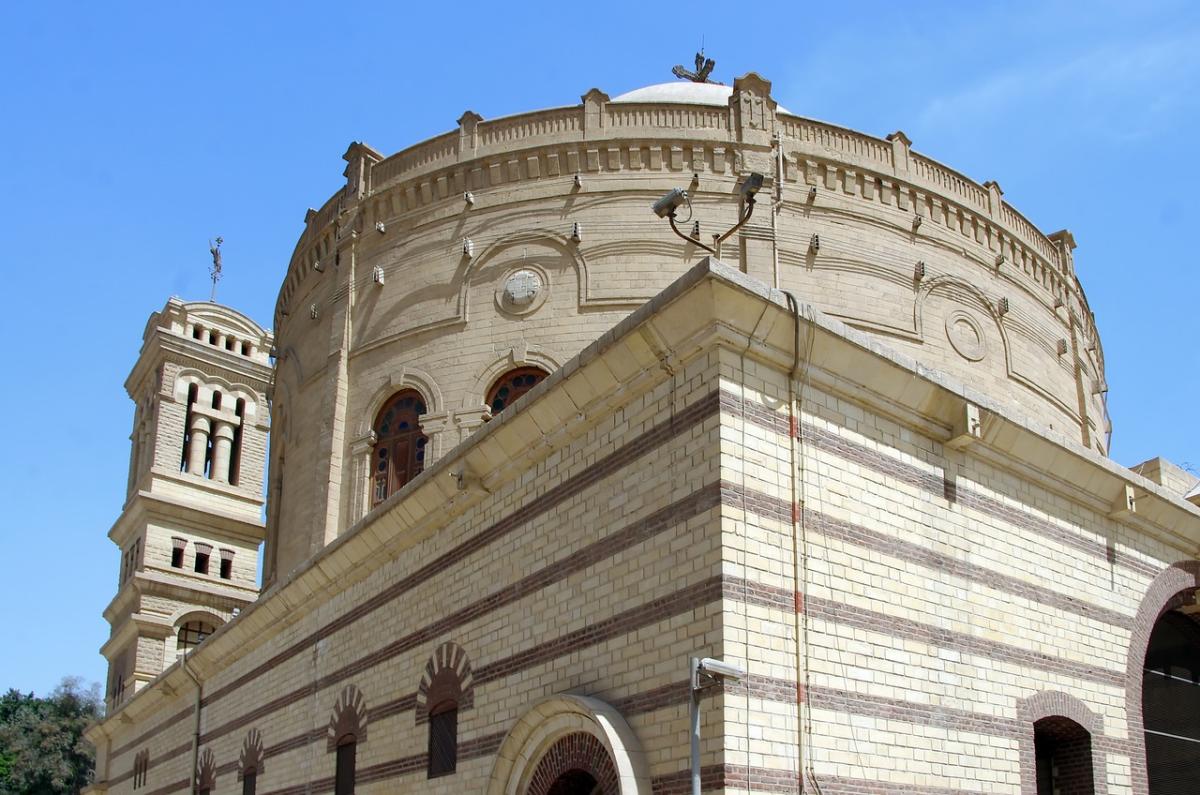
Coptic Cairo, a historic district nestled within Old Cairo, stands as a testament to Egypts rich and enduring Christian heritage. This ancient enclave, a place where Pharaonic, Greco-Roman, and Islamic cultures have intertwined, offers a profound glimpse into the spiritual and cultural legacy of one...
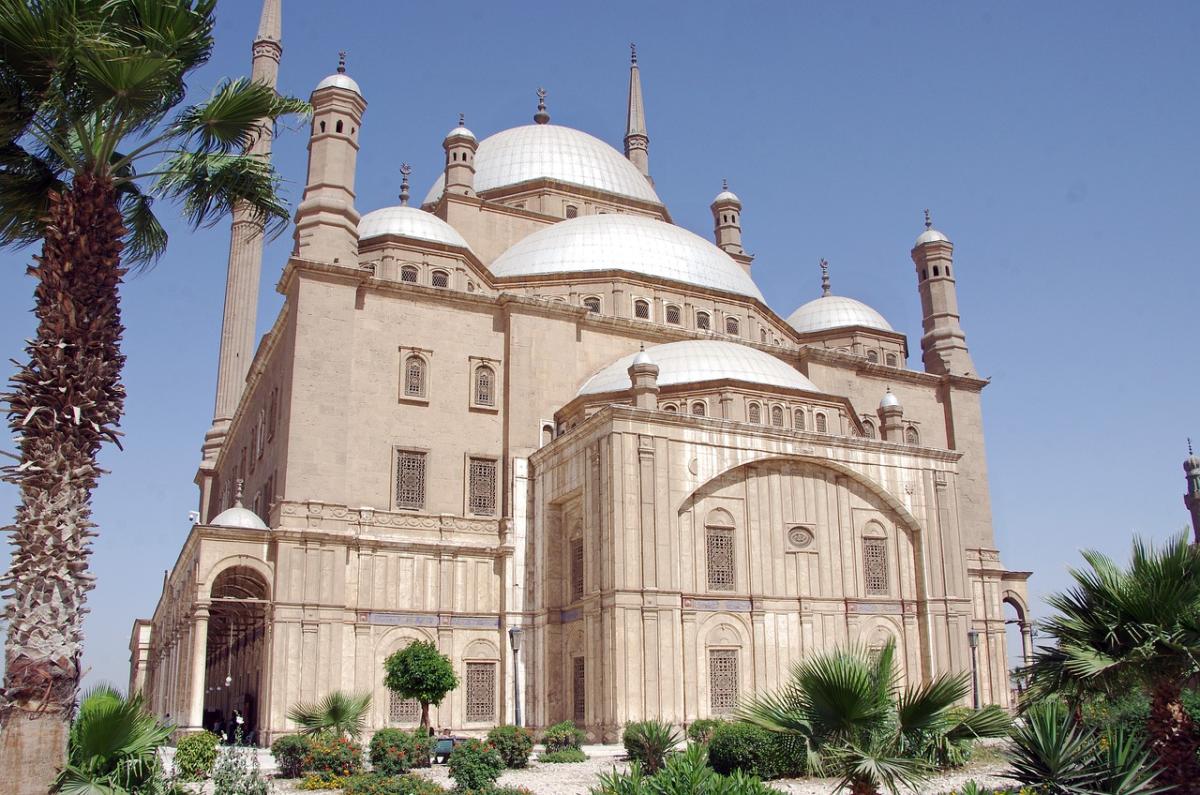
The Citadel of Cairo is an ancient fortress located in the heart of the city and one of its most iconic landmarks. Built by Salah ad-Din during the 12th century, it was used to protect Egypt from invaders and to control trade routes between East and West. The Citadel has served as a military residence,...
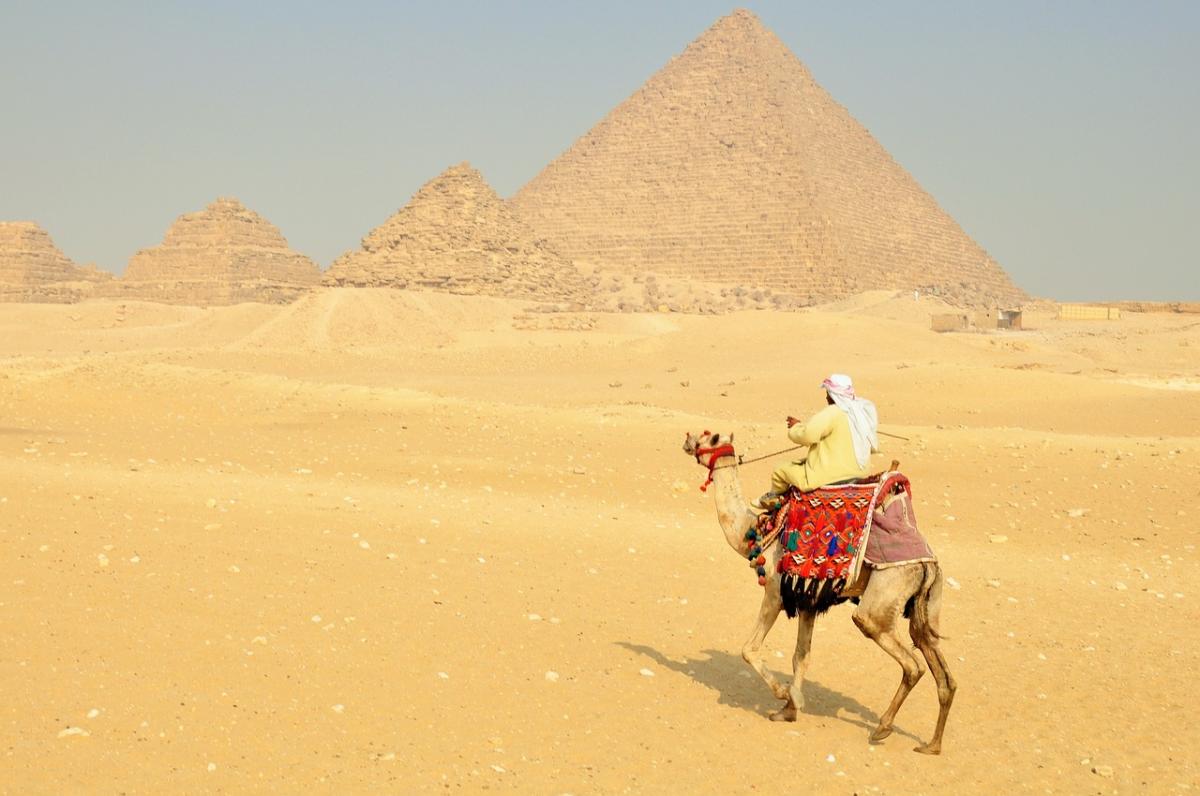
The Giza Pyramids, located near Cairo in Egypt, are one of the most iconic and recognizable ancient monuments in the world. Considered a wonder of the ancient world, they are some of the oldest and largest structures ever built by humans. While there is still much debate on their exact purpose or how...